Q&A: Elisar Haydar
A Syrian-Canadian, Ottawa-based illustrator, Elisar focuses on making fun, weird, and exciting comics that tell stories about introspection and interpersonal relationships.
Can you talk about some of your previous work and what you’re currently working on?
I’ve known I wanted to do comics for a long time. The first time I probably did a proper comic was because of school. We were given a free-for-all opportunity to do whatever we wanted for a final project in art fundamentals. This was around 2019. I did a 16-page comic in 24 hours.
That’s where it started for me. Every time I’ve done a long-form comic, it’s because I’ve had an excuse through school. But I’ve been posting work online, building a platform and community. Mostly, I’ve been doing comics for fun, and they’ve usually been shorter form, which has been a really good way to practice. Or they’ve been longer form where I’ve had a structured kind of deadline situation—which has been really good for work, making a portfolio through school. Right now, my big illustration project is a graphic novel adaptation of a middle-grade novel. It will come out in 2026, so hold onto your horses! That’s my big project right now.
Can you tell us about your experience working with publishers as a comic artist?
I got a great opportunity to work with an author who saw my work on the Illustration Grad show page. The author saw my work and was interested. Through the author, I got to work with other publishers and editors. I noticed that smaller indie publishers really prioritize time because they don’t have a large budget compared to bigger companies. They also tend to be stricter because they have to manage everything themselves. Meeting deadlines is super important, and being easy to work with people will help you get more job opportunities.

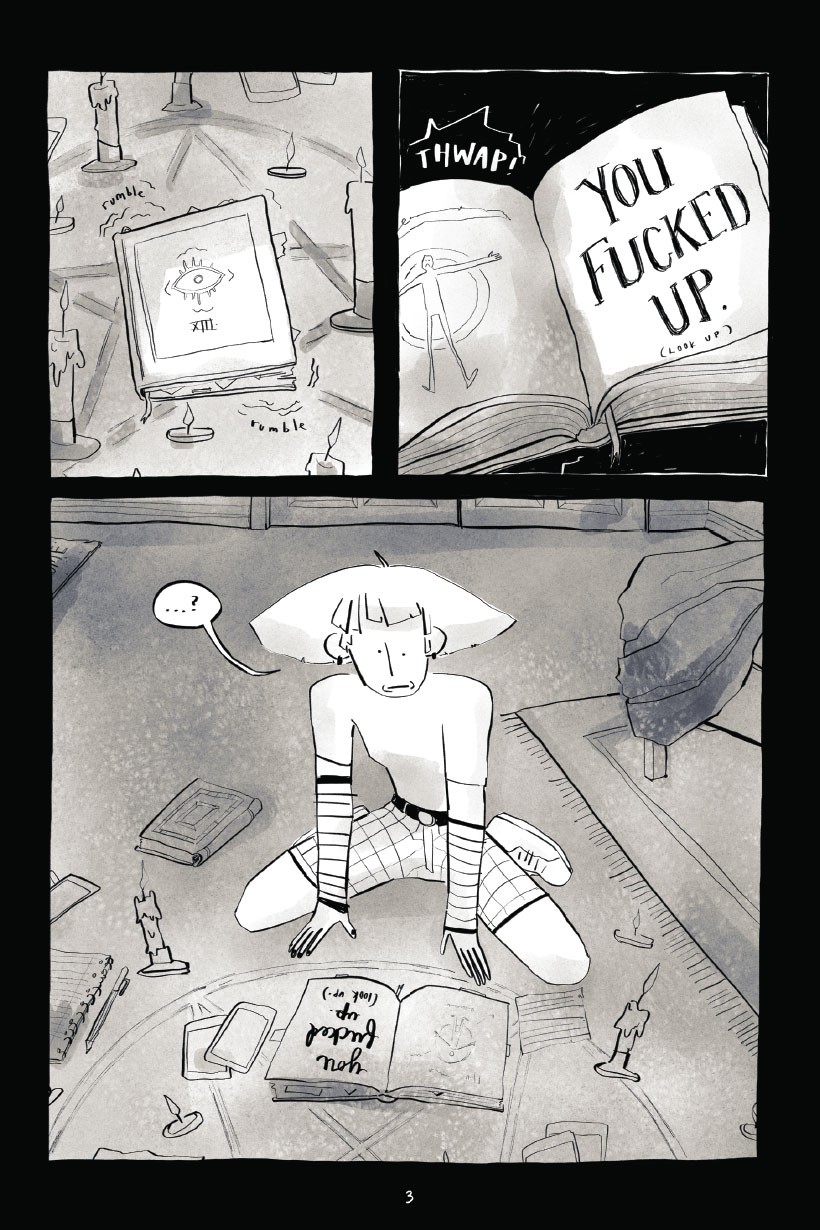
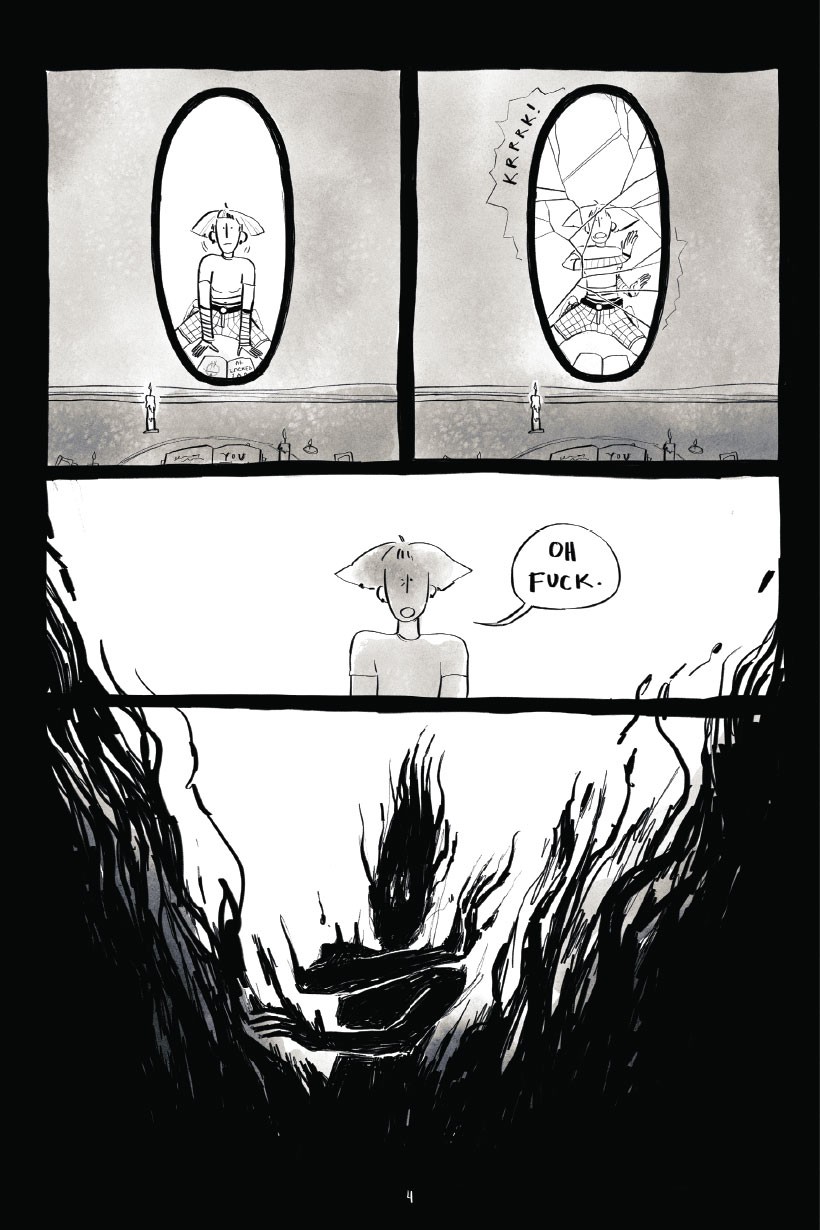
Since graduating, have you been able to direct or curate the subject matter of your work more freely? Are there topics you’re excited to explore in your work?
Honestly, I’ve worked with art directors most of the time because they liked my work. They’re not just looking for any random illustrator—some will do that. But in my experience, it’s been people saying, “We liked this piece, what you specifically did in this project, and we want that.” They give me more freedom to pick and self-direct, and I don’t know how typical that is, but that’s honestly been my overwhelming experience. I think it just depends on what kind of illustrator you are. Like if you are really strong in editorial, you will receive specific direction most of the time. But if you’re more in the narrative sphere—which is where I am—people will look to you for your ideas, direction, and opinion and take it quite seriously. That doesn’t mean they’ll always agree, but they will give you the space.
What skill do you think has brought you the most professional opportunities?
Illustrators are ultimately problem solvers. A lot of the time, the problem that they’re solving is a visual problem. Sometimes, you might have some other tangential problem, like somebody’s commissioning you for a comic. Maybe it’s very strict, and they have panels they specifically want you to draw—that’s typical. But sometimes it’s just a script and then, “We need to fit this in twenty pages.”
And you can say, “Okay, you’ve given me a script that is fifty pages. I can tell you what can be cut out or cut down. You can do whatever you want with that. If you want me to do what you’re asking for, there’s going to be a lot of compromise.”
Being able to assess a problem early? Huge. In my experience, art directors love that. Also, being able to use technical specifications. Colour mode and image resolution are the most important things you will ever deal with. I’m not kidding.
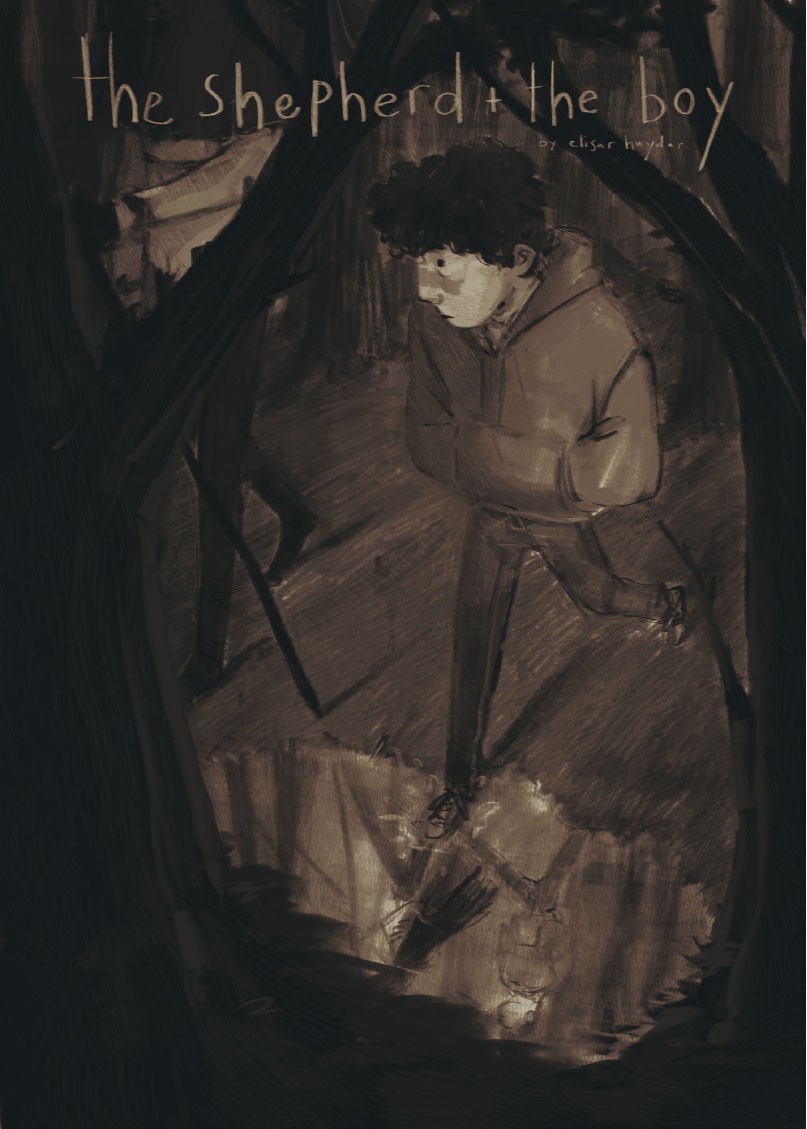

What advice would you give to new and aspiring comic artists?
Commit to finishing the project you’re working on. The comic doesn’t have to be good; it just needs to be finished. It could be something small and short, as long as it is a fully drafted comic. Read a lot of books, comics, graphic novels, or any good visual media! Try to learn from them and practice. Practice panels and designs, and just keep drawing. You’ll learn a lot from the process. Also, file management is very important! Always have backup files and save them on a USB.
Could you talk a bit about your workflow and your project-focused processes?
It needs to start with an idea—that’s the first thing. I need to have some idea or story, either from within me or from another source. Comics are a medium. They are a product—an end goal. But they’re ultimately just a way to personally achieve some narrative goal.
It’s really hard for me to be like, “Well, I want to finish a ten-page comic about something.” I need to have something that will become the ten-page comic. So that’s how it has to start. That’s not always easy. In terms of starting an idea, I don’t script. I usually just start drawing. That’s a very specific thing for me. I work really well by already starting (a project) as a comic. So, for Fractured, the idea was, there’s a mirror, and it’s broken, and there’s something on the other side of the mirror. Everything after that—purely stream-of-consciousness. That works for me.
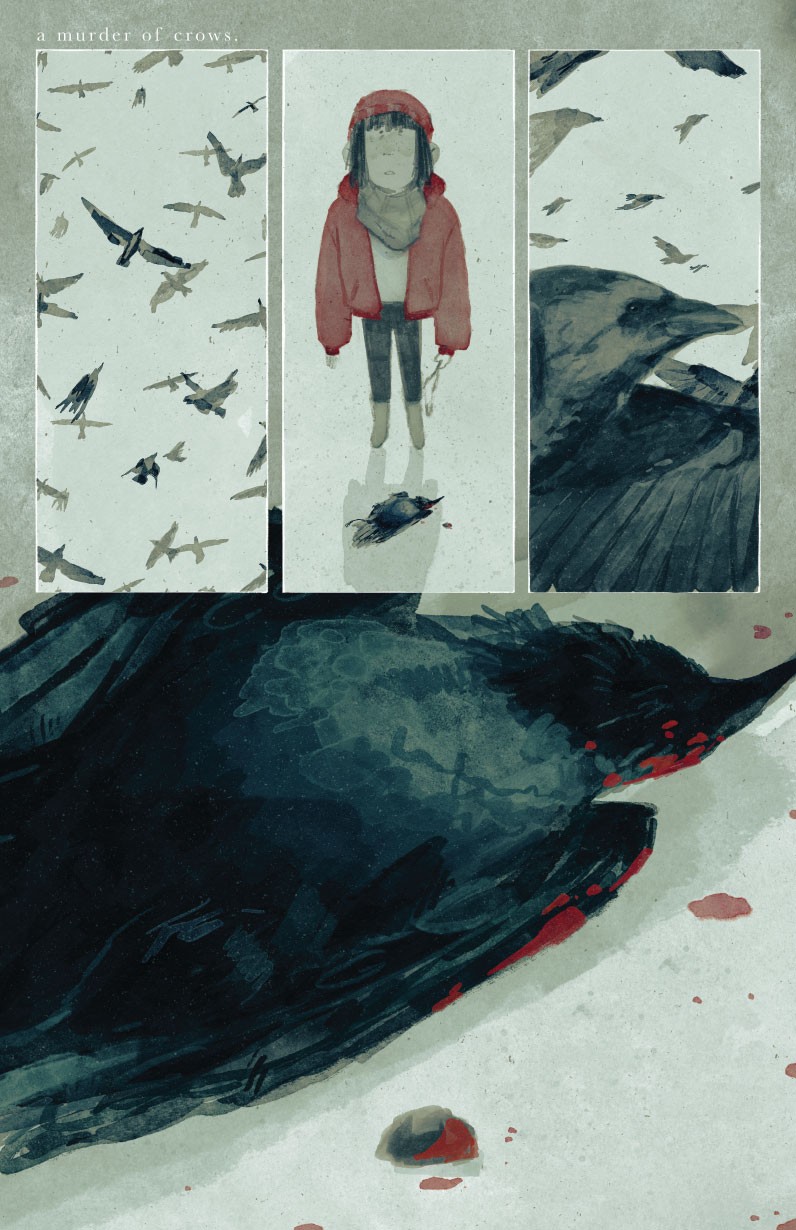
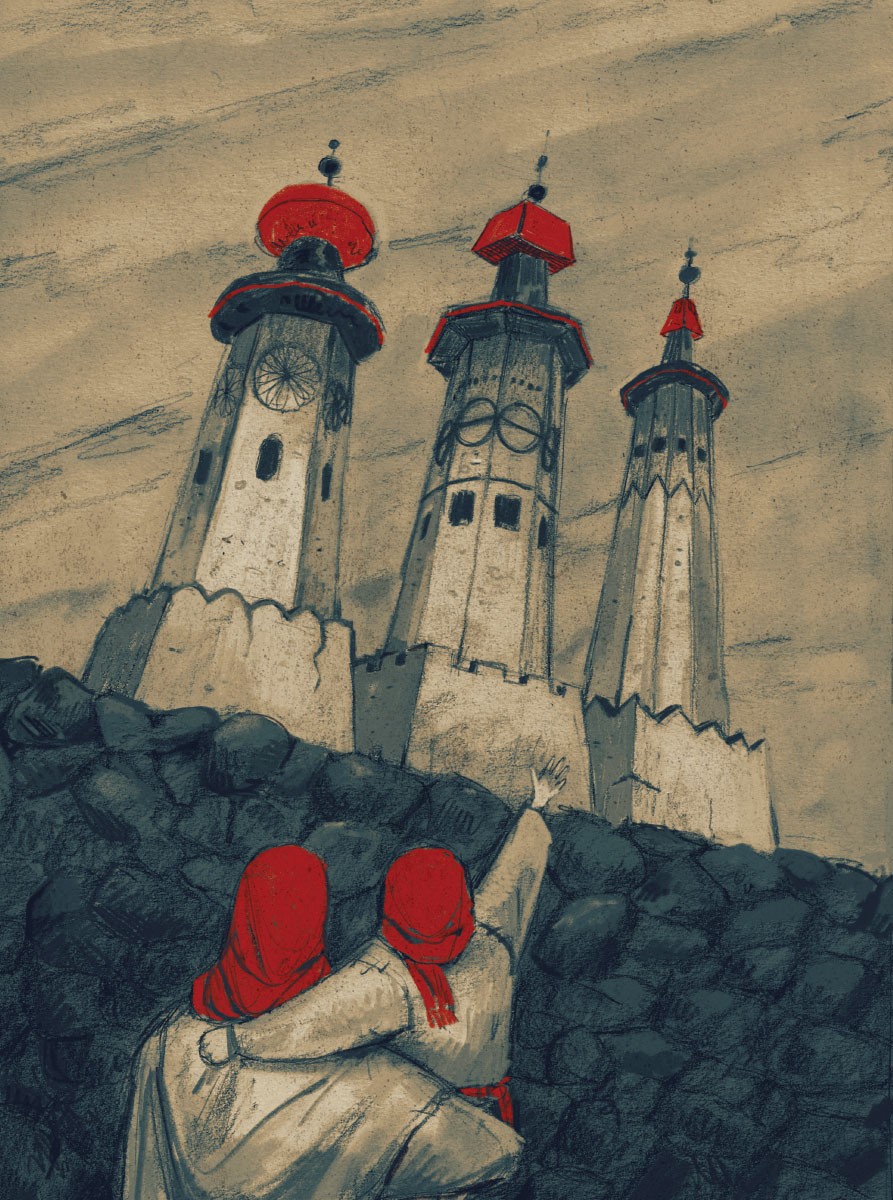
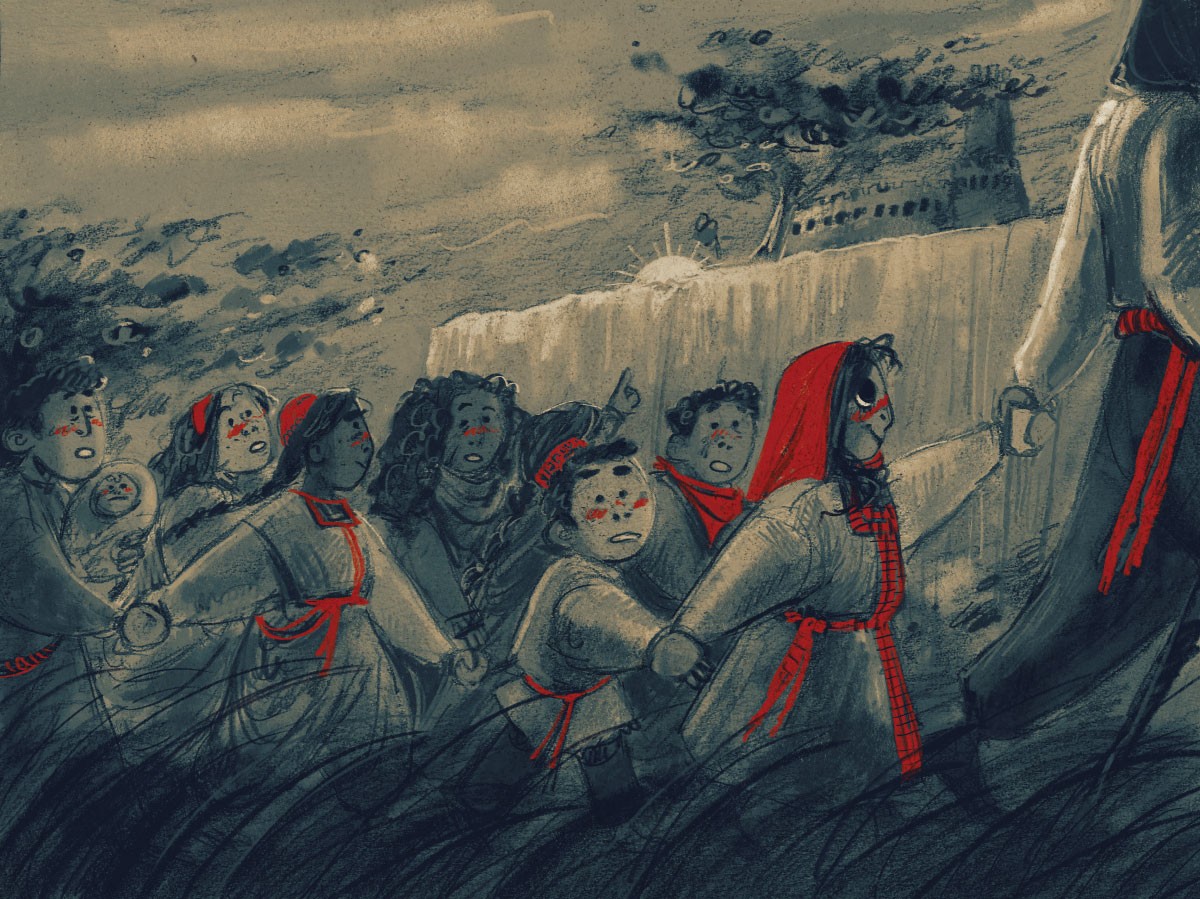
How do you stay motivated and deal with art blocks?
If you feel frustrated with your current progress, consider taking a piece and redoing it. Sometimes, it’s helpful to find an old sketchbook that you never finished and complete it. Look at the ideas you liked but weren’t skilled enough to execute then; you may be good enough to do them now. Take a break if you can, especially if the block isn’t too severe. Keep sketchbooks. Maintaining sketchbooks encourages regular practice without the pressure of creating finished pieces. This habit can help combat art blocks and foster a sense of productivity and creativity.
What should illustrators focus on when they graduate?
Prioritize taking care of yourself, especially your wrists and hands, which are crucial for an artist’s career. If you experience twinges or pain, address it immediately, as it may take much longer to recover. Begin collecting contacts from LinkedIn, Twitter, and other platforms. Keep track of companies and art directors and whether you’ve reached out to them. This helps set up future work opportunities. Practice writing professional emails, possibly with feedback from friends, to improve your ability to reach out to potential employers or clients. Maintain a moderate online presence with an accessible platform for potential contacts to reach you. Keep a clean, solid portfolio that showcases a decent body of work, ensuring it’s accessible and readable.
To see more of Elisar’s work, visit www.ehlihr.com
Interviewed and presented by:
Skylar Allati, Ko-chi Chen, Thom Elgie, Leah Li, and Nick Toner.